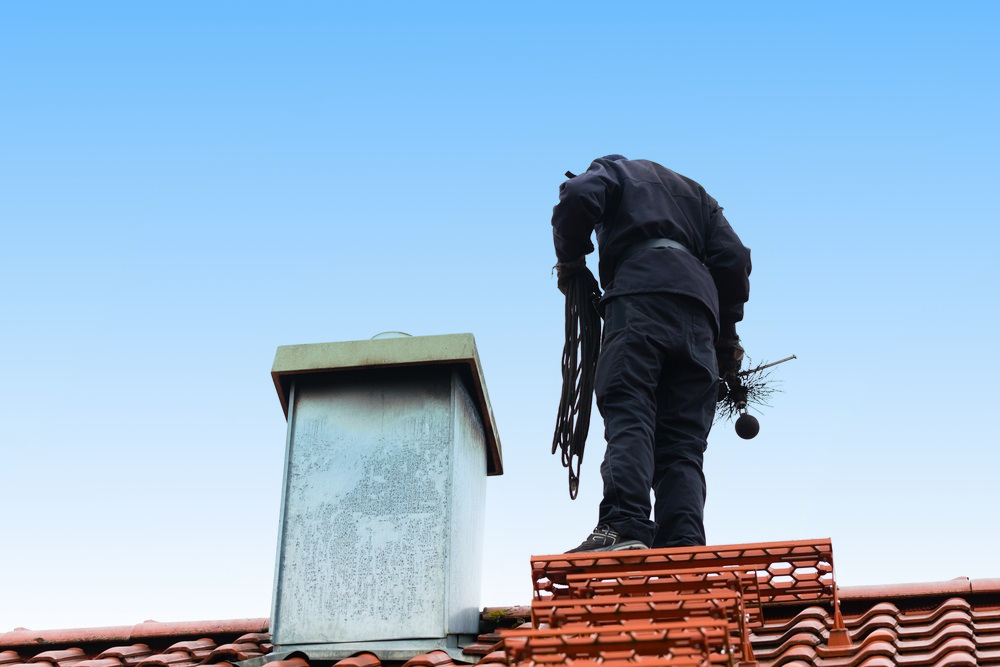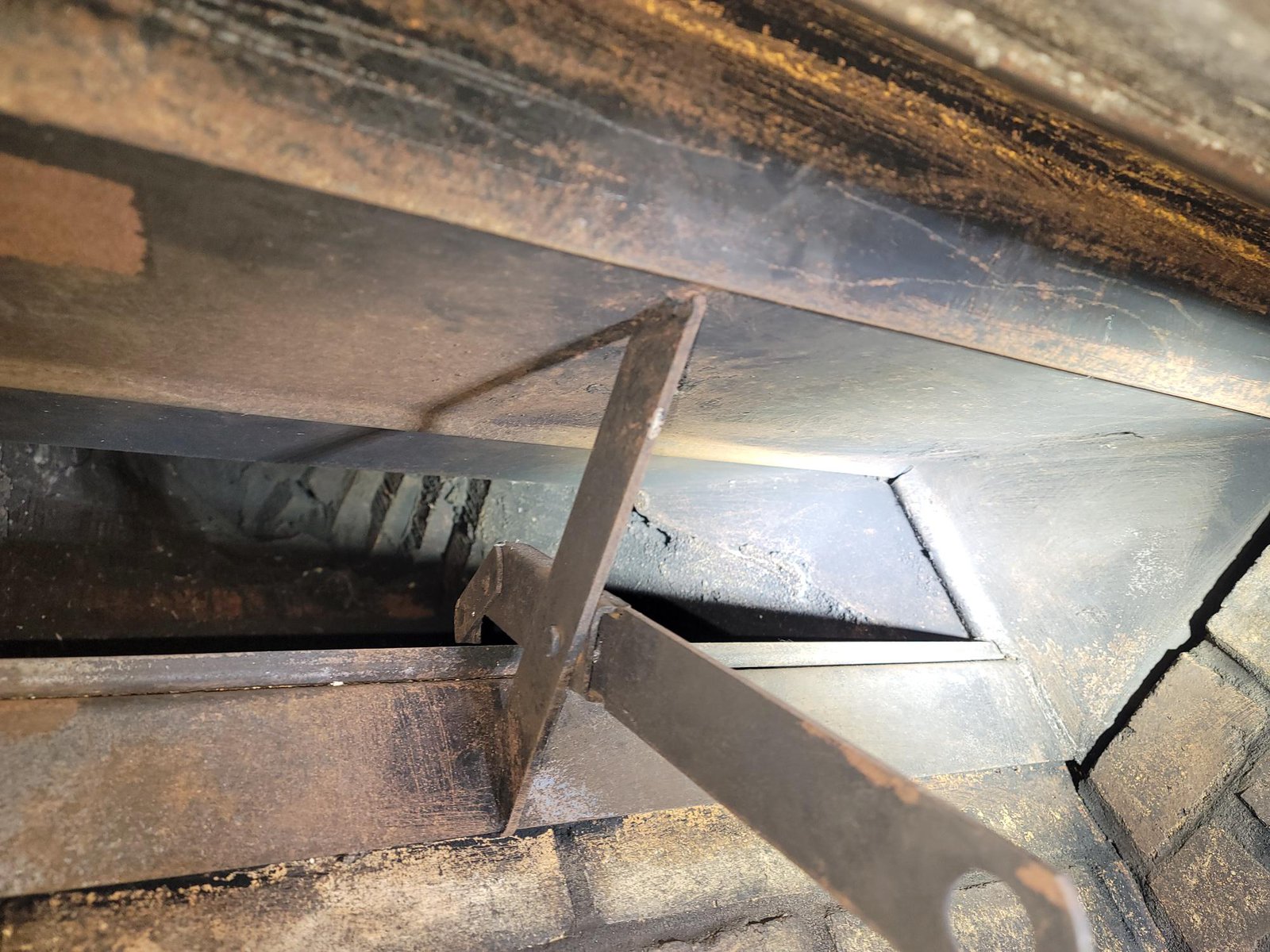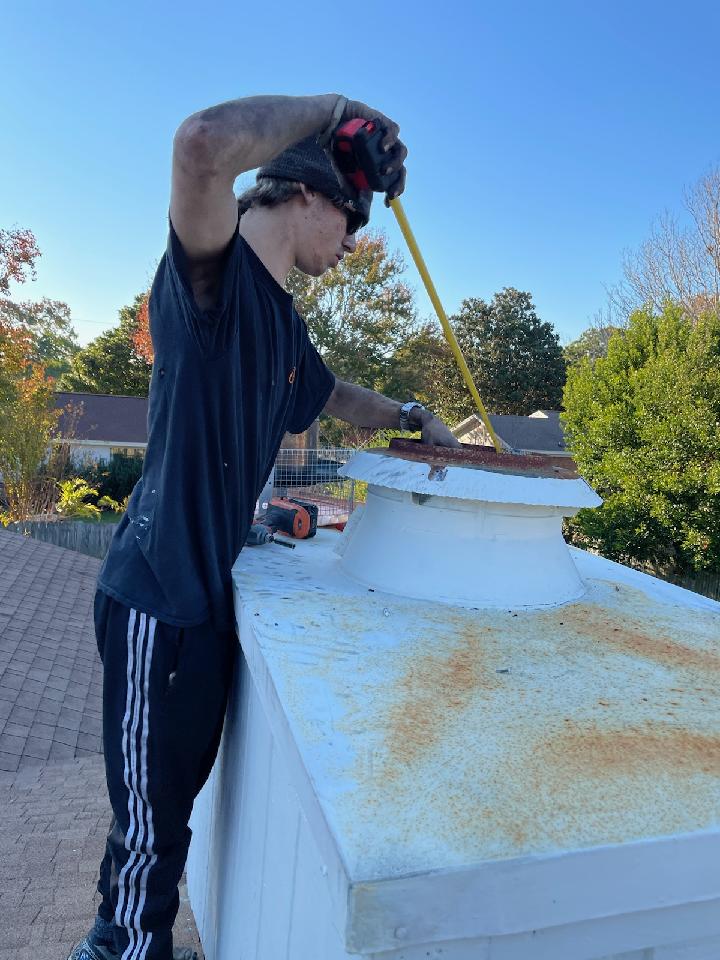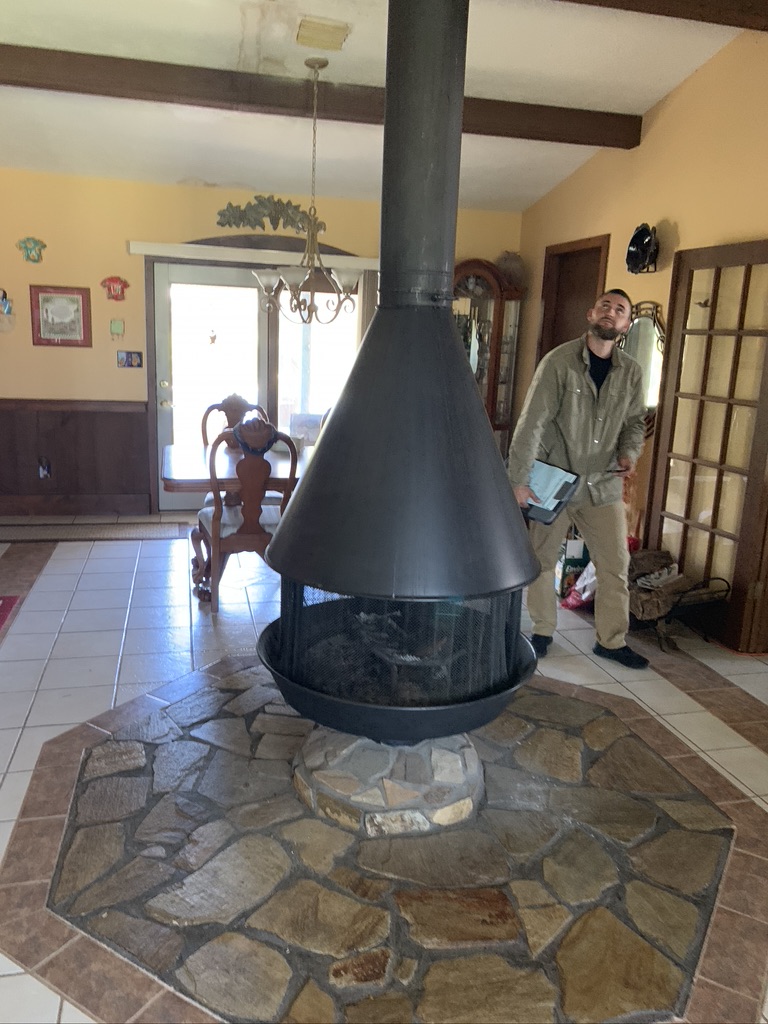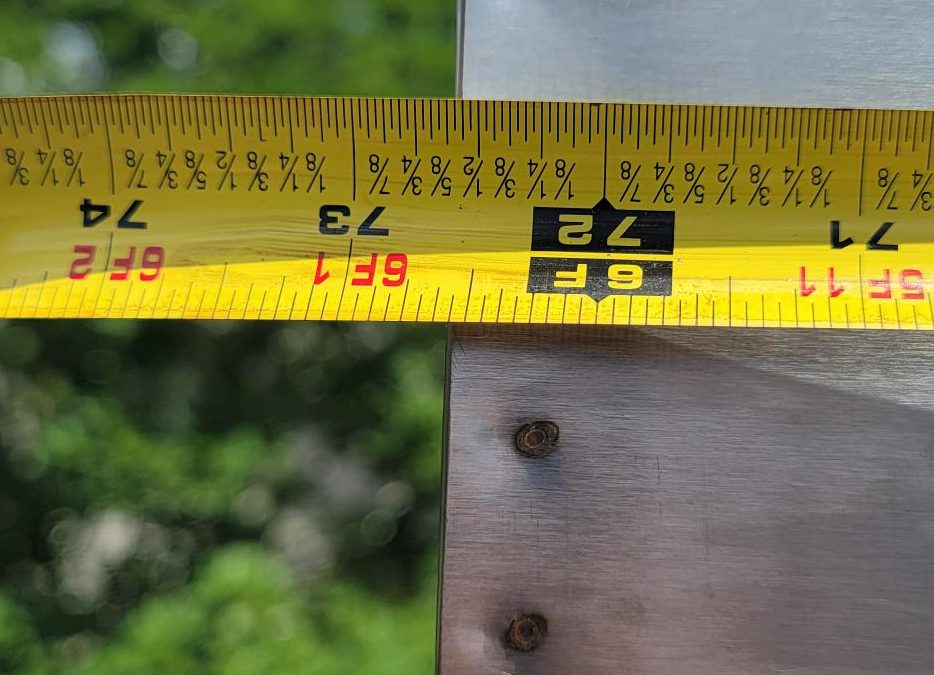Reasons Why You May Want an Inspection
Inspections are professional examinations of the installation, condition, and structure of your chimney. An annual chimney inspection looks for buildup and blockages, damage, abnormalities, and hazards–and is an act of examining the interior and exterior of your chimney, looking for cracks in the masonry, worn-out chimney caps, damaged dampers, and broken flues. A chimney inspection is designed only to identify these issues. Depending on the company performing the inspection, they may or may not offer services to fix any issues found. This is an important point when hiring a chimney sweep. You may want to ask if they also do repairs. Most companies will not go by another company’s inspection report as the repairs will be their responsibility and so they will want to do their own inspection with another inspection fee. So you may end up paying for two inspections in order to get the repairs done. This would be for an annual inspection. An inspection is also required when any changes are made to the system. Changes can include a change in the fuel type, changes to the shape of, or material in, the flue (i.e. relining), or the replacement or addition of an appliance of a dissimilar type, input rating, or efficiency. Many homeowners’ policies require regular chimney inspections as a condition of compensating you for damages to the chimney caused by the use of a fireplace or wood-burning stove. This means that skipping inspections could force you to foot the bill in the event of future damage to your chimney. If, in reading your homeowners policy, you determine that chimney inspections are required to cover chimney damage, make it a priority to get your chimney inspected at the recommended intervals to avoid a gap in insurance coverage. In addition, an inspection will need to be performed if you had a house, or chimney fire to see if or how much damage may have occurred. Most inspections require an accompanying sweep. Unless there is no chimney from a fire or a natural disaster. By sweeping the chimney it enables us to be able to see any cracks or problems that may be covered by soot or creosote, and allows us to give a thorough report on the condition of the chimney and fireplace. Without an inspection, your home and family may be at risk, not just for a fire but also for carbon monoxide poisoning or if there is an undetected leak mold. All of these pose a health threat to your family and your pets. This goes for gas-burning fireplaces also they may not build up creosote but they do need to be inspected for any breaches or structural problems that may cause damage to your house or allow carbon monoxide to enter your home.
Our 3 Levels of Chimney Inspections
- On a level 1 inspection, which is done on an annual basis, and if there have been no major changes to your fireplace and you have had no damage since the last burning season. They will evaluate the outside portion of your fireplace to see if there is any visible damage to the chimney and the roof. This will be noted on an inspection report, as will any other findings. The height of your chimney will be measured to ensure it is the minimum distance from the roof penetration, this is necessary for proper draft, and to ensure it is up to local codes. Next is the chimney cap and/or spark arrestor, this is checked for any rust or damage as it is vital for keeping out rain and wildlife that could otherwise enter your chimney. If found to be damaged or rusted out it will need to be replaced.
- Level 2 is performed when a change is required to the chimney or fireplace since the last inspection, such as a change to the fuel type or the shape or material of the flue (i.e., the space inside the chimney); if there was a malfunction that possibly damaged the chimney (e.g., a fire or earthquake); or if you’re planning to sell your home soon. It includes all of the level 1 inspection as well as all portions accessible without damage to the structure; they may require special tools, access to the basement, or any crawl spaces or attics. This level may require special tools and include a video scan of the chimney interior.
- A level 3 inspection is all of the above plus all portions of the chimney and fireplace including those that may require destructive action to the building around the chimney and fireplace. These are usually done after a chimney fire, or during a major structural event such as remodeling or mold removal. No matter what your inspection reveals it is best to get the suggested work done as soon as possible to prevent more costly damage from occurring
